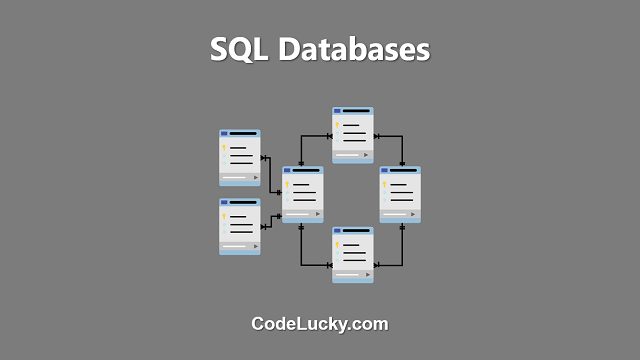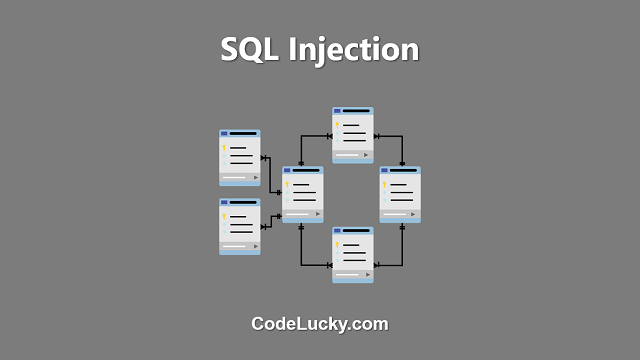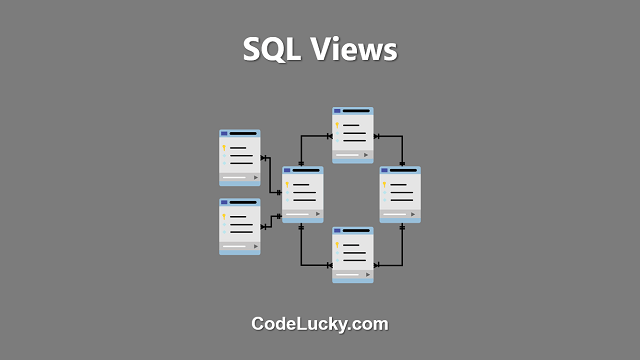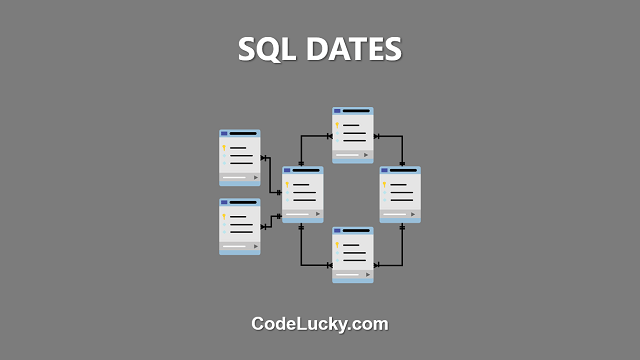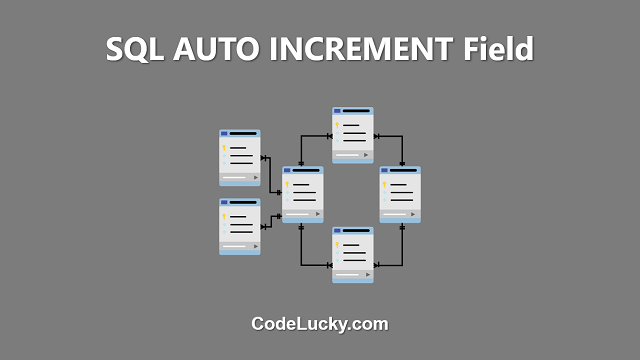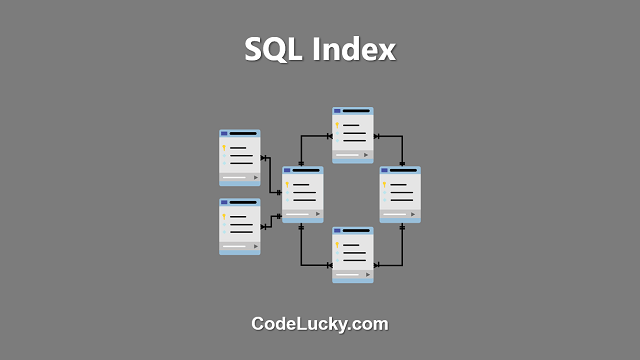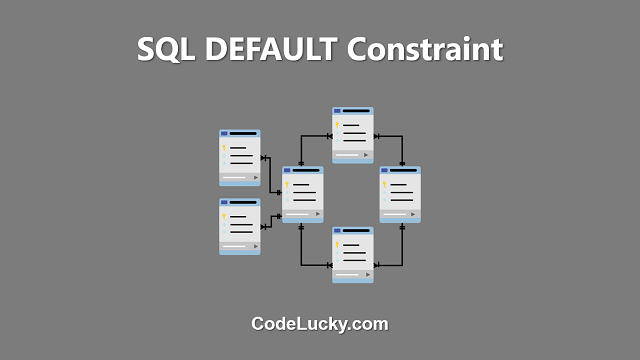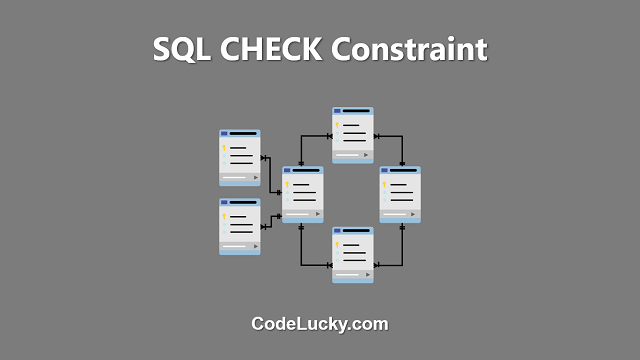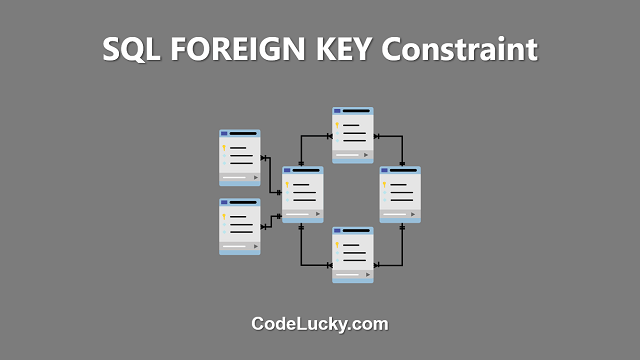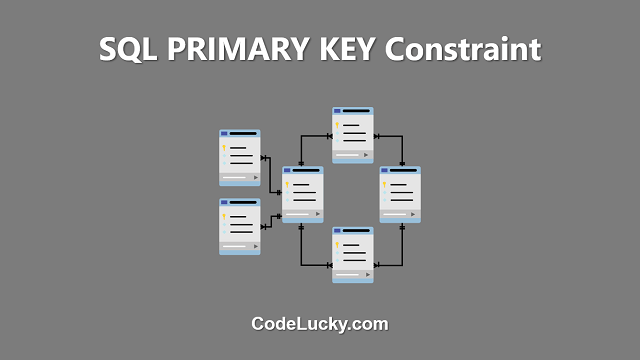SQL databases are relational databases that use SQL (Structured Query Language) for creating, modifying, and querying data stored in tables. SQL databases are widely used for storing and managing large amounts of structured data, making them a cornerstone of many web applications and enterprise systems. They are known for their scalability, reliability, and ability to […]
Software/App Development
Infrastructure Services
Support and Maintenance

